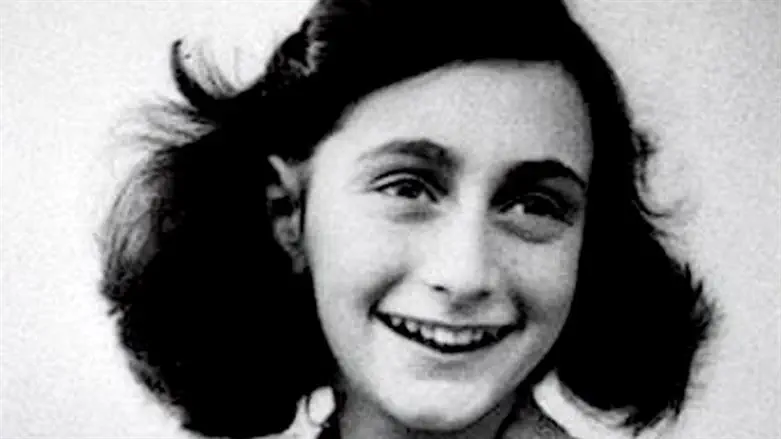
Family and Beginning of Connection to Art
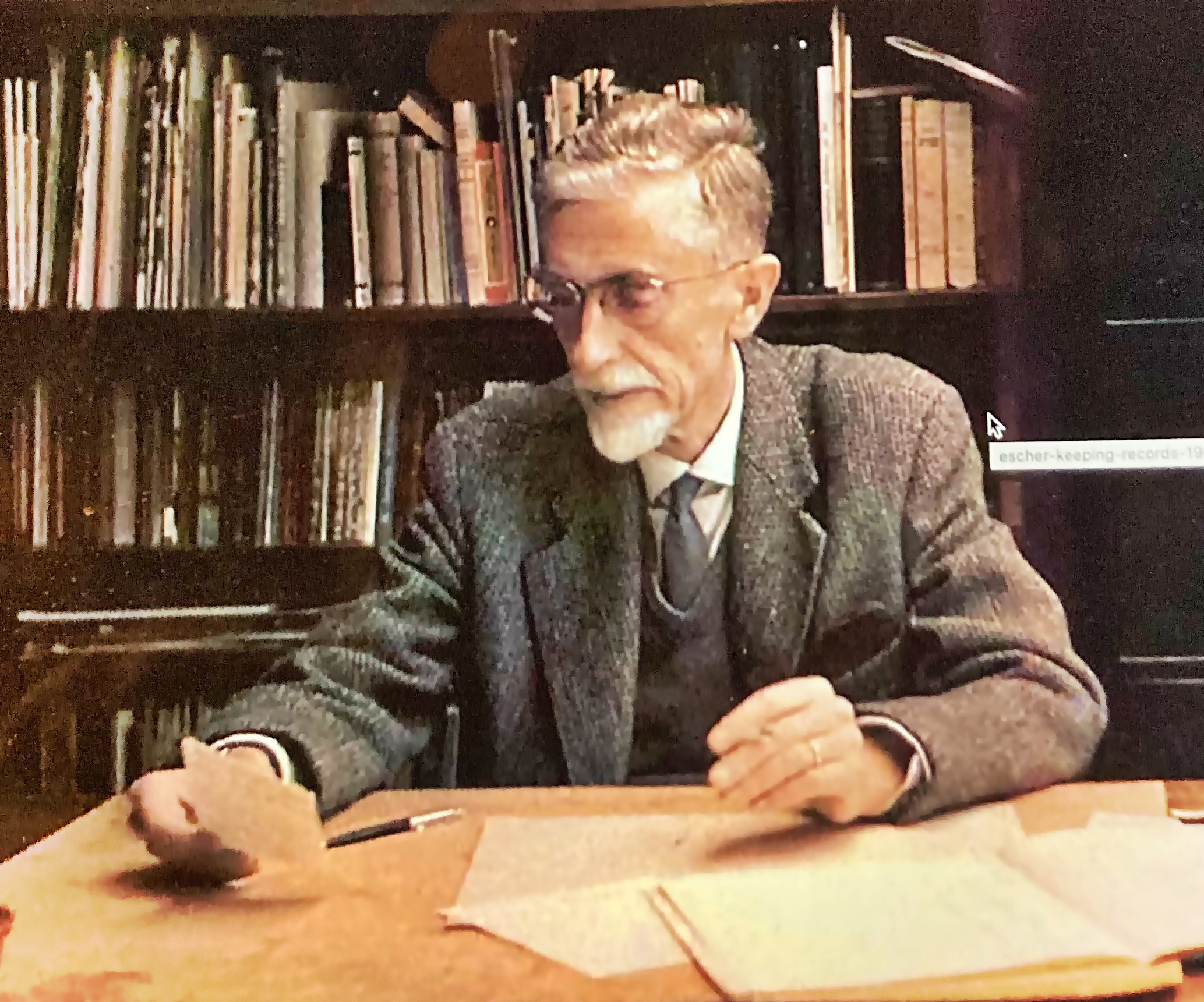
The great Maurits Cornelius Escher's mother, Sara Gleichman, was Jewish. Although Escher was brought up in the Christian faith, his attitude towards Jewishness was always respectful, deep and dignified. It was an essential inner part of himself that he always bore with love and devotion.
His beloved teacher, acclaimed artist Samuel Jeshurun de Mesquita, also was Jewish. Escher learned from his teacher the unique vision and the ever intellectually questing approach, which was with him all his life.
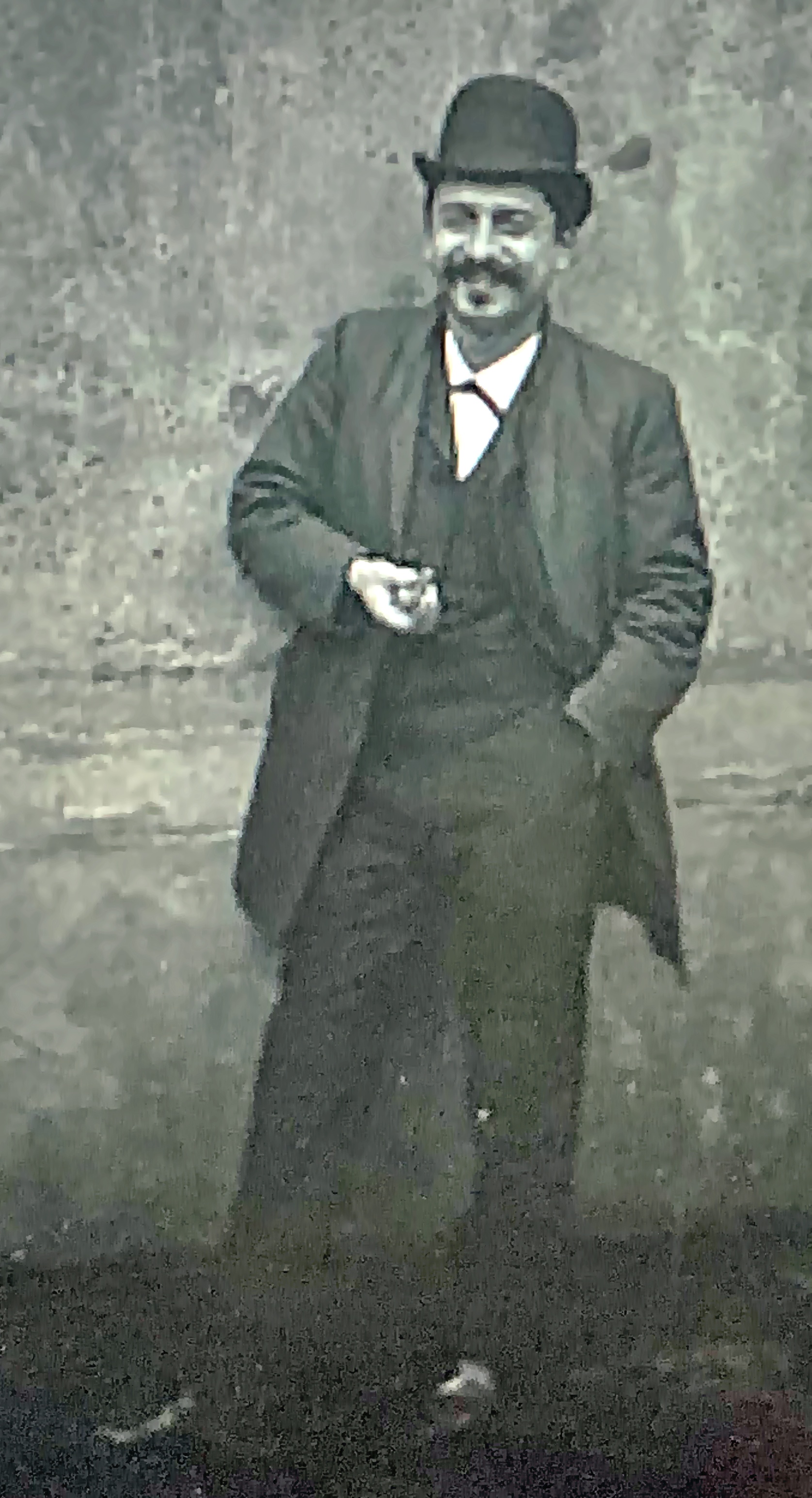
Escher's mother died a few months after the Nazi occupation of the Netherlands. Escher, who lived in Switzerland at the time, was not able to attend her funeral, which haunted him for the rest of his life.
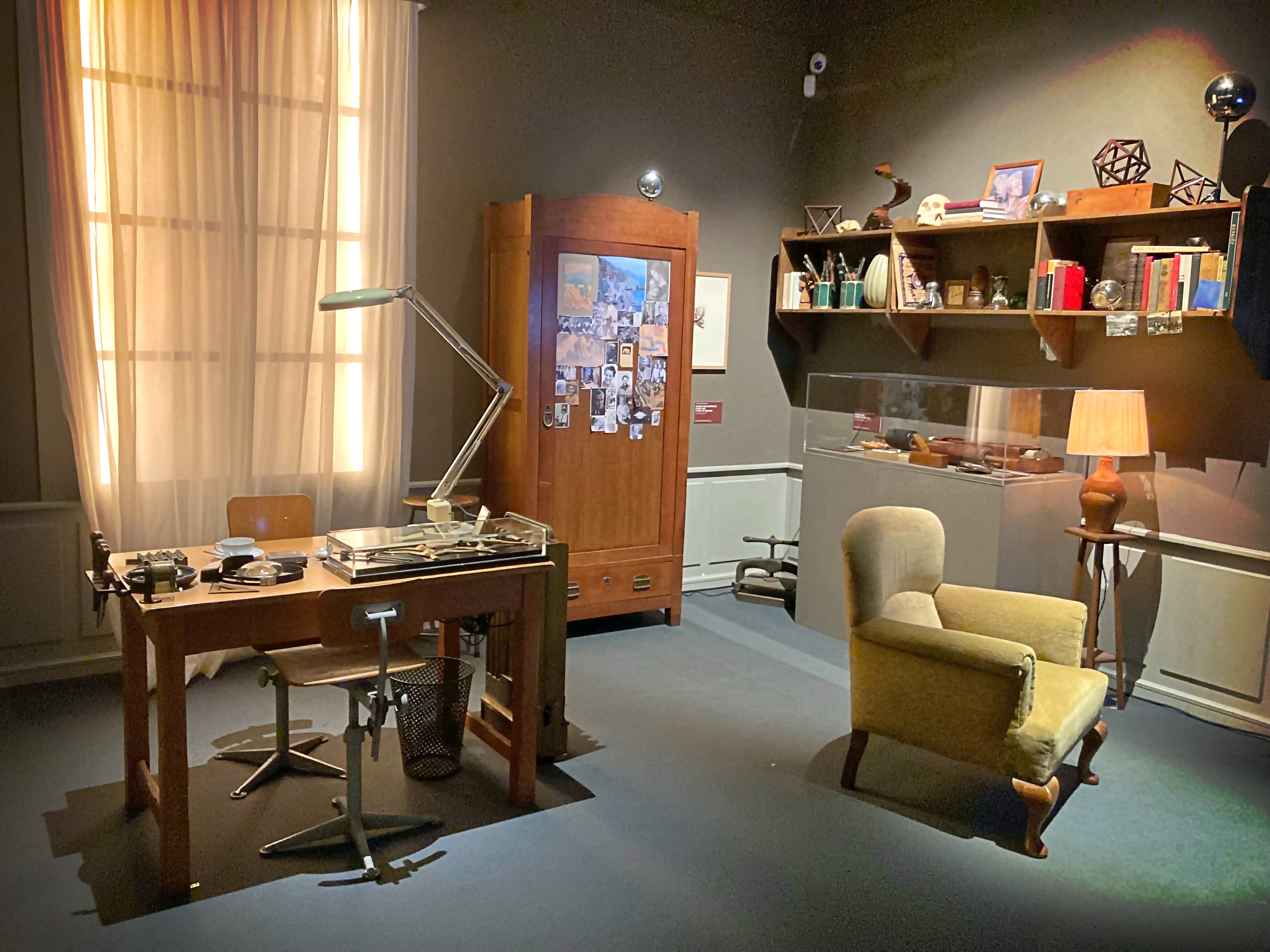
His beloved teacher, who was 76 at the time, was arrested by the Nazis in Amsterdam along with his elderly wife and only son, and all of them sent to the Nazi camps, parents to Auschwitz, son to Theresienstadt. The elderly artist and his wife were gassed upon arrival, the son died just two months later.
Noble Stand
Maurits Cornelius Escher's stand during the Nazi reign in the Netherlands was exemplary. He very firmly distanced himself from everything and anything that would be any way of collaboration, acceptance, or agreeing with the Nazis. His stand was defined and strong. He never waived from it, not for an inch.
He was a very decent person, good son and devoted pupil. It all was not easy to project at the time. To our complete disbelief, we can see what the stand of decent people was then, and we see daily what it takes, very graphically, nowadays.
We meet the pattern which was overwhelming 80 years ago, in Europe, during the racist, genocidal world war. But today, it is global, hysterical, with no war unfolding yet. Apart from military actions, the attitude of too many people, institutions, and parts of society are openly hateful - with no reason whatsoever, with intentionally massively perverted cause and reason ratio and narrative, all of it disgustingly irrational and unfair.
Post-War Never Ceasing Pain
M.C. Escher was the one who saved his teacher's important collection of works and arranged its acceptance and preservation at the Stedelijk Museum in Amsterdam immediately after the war. Thanks to him, the legacy of a highly talented Jewish master who was murdered with his family so barbarically, lives on. For himself, Maurits Cornelius kept just one drawing of his beloved teacher, the imprint of a German boot. Escher kept that imprint with him till the rest of his life.
He kept the story of Anne Frank very close to his heart, keeping a small photo of her very near to him in his study for the rest of his life. At the very important, largest to date, M.C. Escher exhibition at the Casa di Bonaparte in Rome in 2023- 2024, the artist’s study was fully reconstructed and installed in an authentic detail.
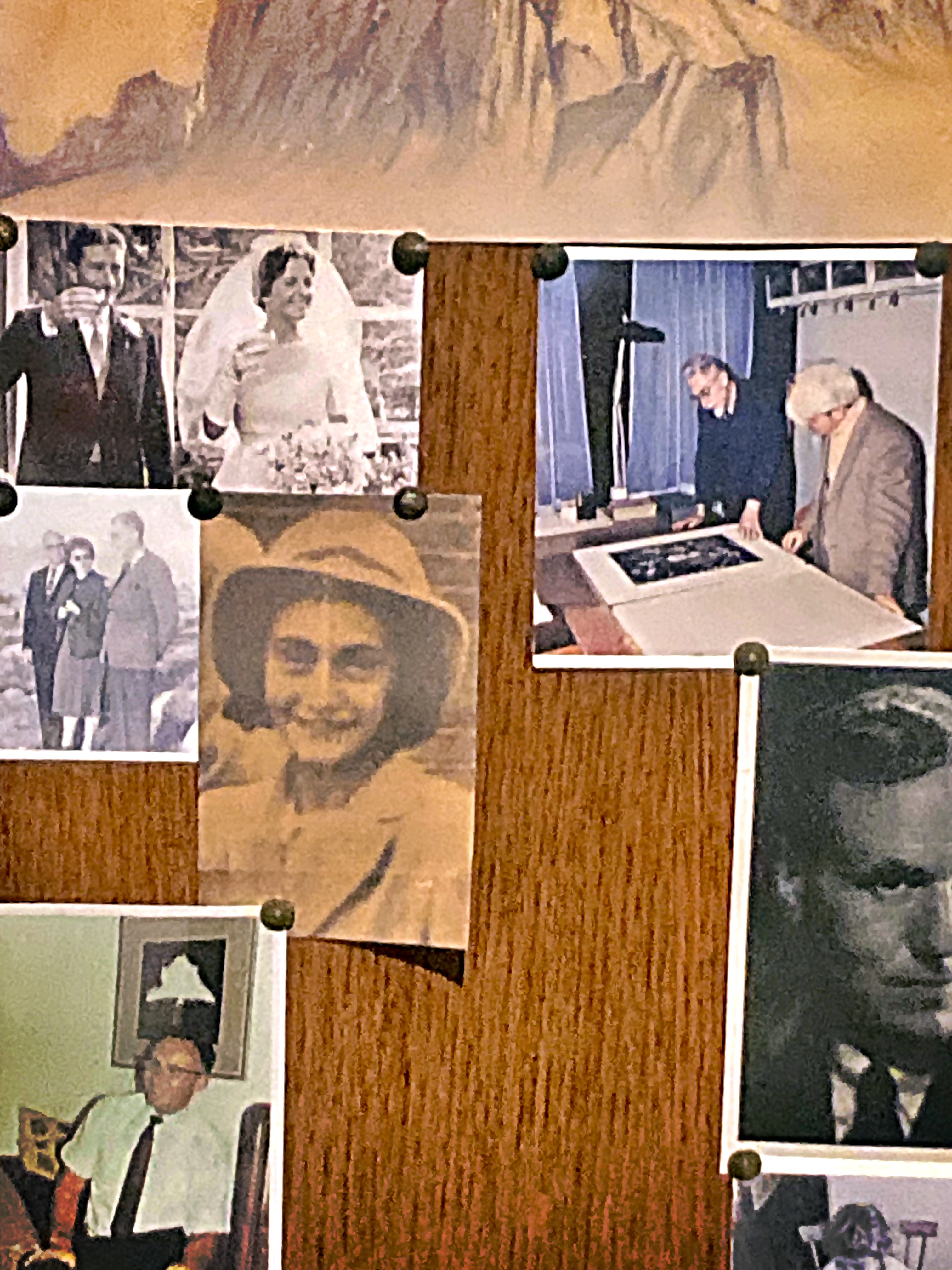
On his cupboard, which was standing just less than a couple of meters from his working desk, Maurits Cornelius kept the images which were the most important for him. Photos of the family, his sons, his wife, his parents, his teacher, his son’s children drawings, a couple of black and white photos of fragments of the Renaissance artworks, both Madonnas with Child, large coloured view of his beloved southern Italy, a shoreline near Amalfi ( he met his wife in Ravello which always had a special mark for him), all together about thirty images. There was just one photo of a non-family member , a lovely smiling Anne Frank with a hat. Pinned on his cupboard’s door, Anne was always very near to the artist, literally on a distance of a stretched hand. A very telling detail.
It was a huge and extremely elaborated exhibition of M.C. Escher works in Rome. Somehow, we come back to that installation of his reconstructed study several times, because of Anne smiling at him working, till the rest of his life. A heart-rendering experience. Doubly so, as M.C. Escher never elaborated a thing about all this.
That now famous checkered red and white scrap book the teenage Jewish girl in Amsterdam chose as one of her presents on her 13th birthday, was her favourite present of all, as young Anne dreamed of becoming a writer. She could not wait to write in her new diary. The first entry there is dated on June 12th, 1942.
Three weeks after starting her diary, the Frank family will rush into that hidden room, from where they all and four more people hiding there with them for two years, will later be arrested by the Nazis.
In a couple of months, Anne, her sister Margot, and their parents will be sent to Auschwitz on the last train that goes there from the Dutch concentration camp Westerbruk.
And that small red and white checkered book is still with us, with that smiling girl’s photos, some drawings, her accurate handwriting, her very mature thoughts. M.C. Escher kept the smile of that girl very close to him in his working study till the rest of his life, for a fundamental reason, his and ours.
Speaking Dandelions, Then and Now
In 1943, Maurits Cornelius Escher created two telling works. The Monologues of Sorrow, powerful and quite articulated songs of tragedy that life hds become under the Nazis. The first work, a negative-like portrait of a dandelion ( exploring the emphatically sharp contrast between the most gentle and almost ephemeral of flowers with the metaphor of the ultimate catastrophe that life had become in the 1940s) , the artist named Blowball.
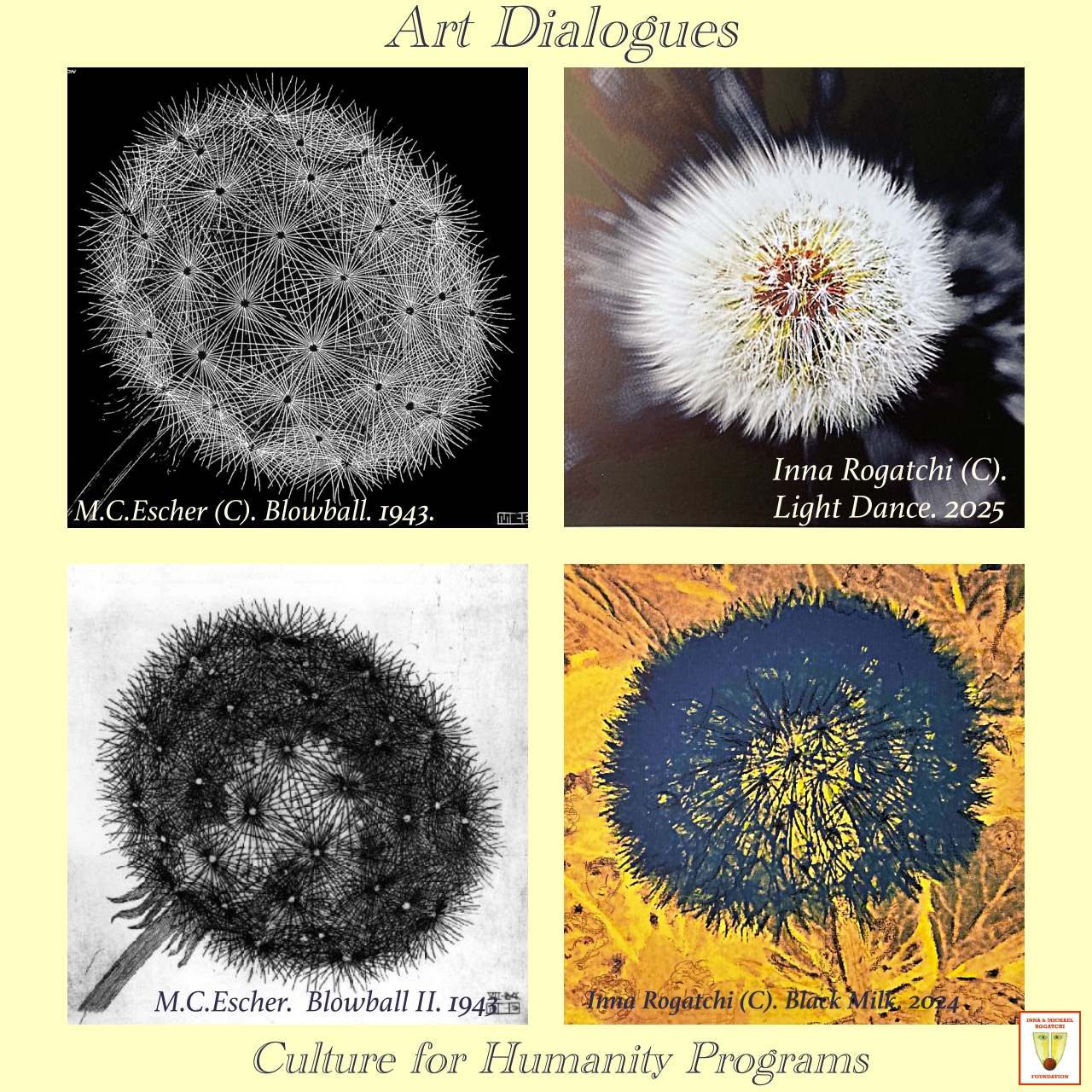
The second one in which the dandelion, usually so very white, has been turned by the master into the black statement of the tragedy, was initially named by M.C. Escher simply '1943', so very justly. Later on, the title Blowball II. 1943. was added, most likely, for more conventionality among the wide public,as people might mistook the name of the work as the date of its making. Interestingly enough, while the first Blowball with its flower in white is very widely known, and have been exhibited and reproduced all the time, the black one is publicised far less so. Perhaps, it is not easy for many to enjoy such openly tragic art statements.
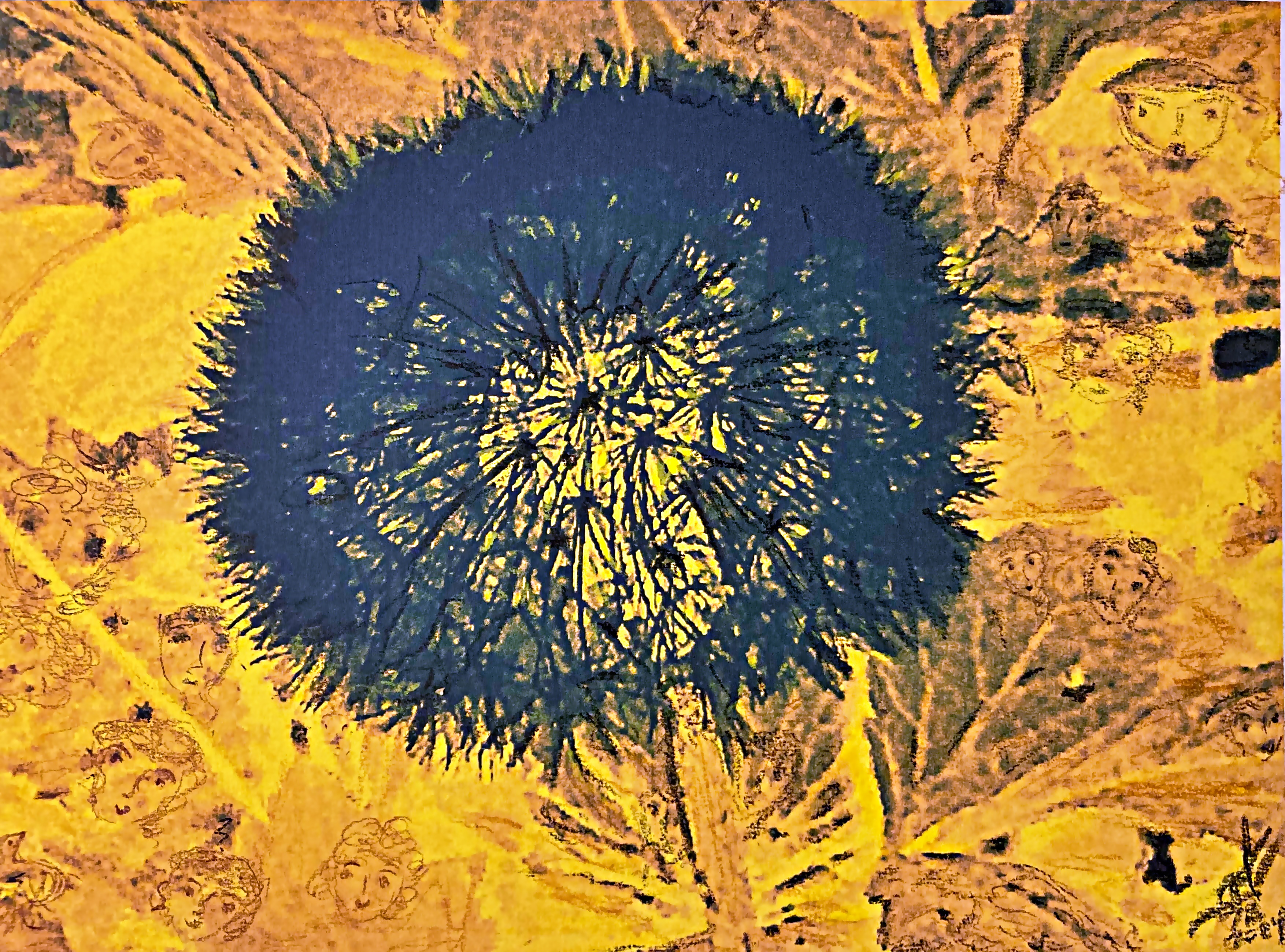
What is also meaningful in Escher's motivations behind his important works, is his always-present bond with his teacher. The idea of a close-range single flower depiction traces back to Samuel Jeshurun de Messquita’s strong and beautiful Zonnebloem, Sunflower, created in 1914.

Many decades on, Inna Rogatchi started to work with a dandelion images in many of her works in different collections and genres, from conventional yellow ones in her artistic homages to Henri Matisse ( belonging to a notable European private collection in Vienna), to converting her various dandelions into an array of colours, even to red, in her special Dances in Colour collection ( belonging to a private collection in Brussels). But the striking white appeal of a dandelion before its disappearance was her first dandelion art work in black and white version in the year 2020 ( exhibited internationally later on).
While working on her Songs of Our Souls ongoing collections of a dramatic works which are the songs of memory to Jewish people in a different periods of our history, in 2024, Inna has created her Black Milk artwork which was exhibited in Helsinki at the special exhibition commemorating the October 7th tragedy in the Autumn 2024.
Some time later, in 2025, a new version of Inna's super-white dandelion was created, Light Dance. This works states the will for overcoming, it emphasises the strength of life and light in dispersing the darkness. The works belong to a notable European private art collection.
Telling Eyes
M.C. Escher never discussed his family, and his personal trauma caused by the Second World War and the Holocaust. People of his generation mostly did not. We are experiencing a fraction of it in the current wave of insane antiSemitism world-wide today, and we know that the last thing one wishes is to discuss this aggressive irrational negation.
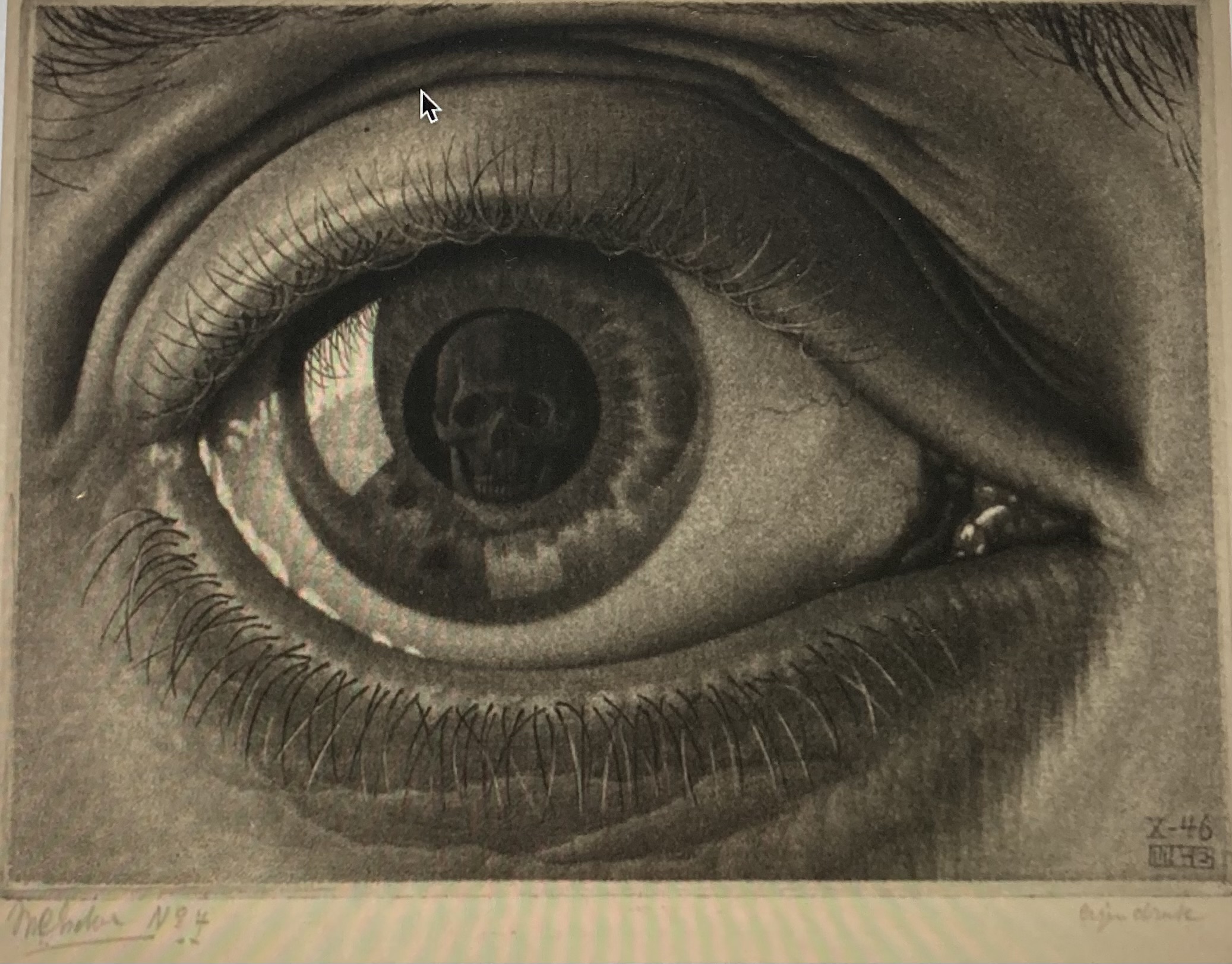
Just after the end of the war, Escher created a very telling work, called simply, Eye, 1946. There is a well-known serious, sometimes huge difference between the artworks in real life and their reproduced images. When I saw M.C. Escher’s Eye. 1946 live , and I did it several times, its warmth and immense sadness has moved me deeply. This is one of the most ‘speaking’ works of the great artist, to me. I almost hear his voice coming out of it. No wonder. The eye portrayed on that mid-size piece of art paper is Maurits Copelius’ own eye, and it is done with a rare intimacy of the highest order. The skull which replaces the pupil of the eye can be mentioned as a self-portrait of the thoughts of the WWII generation, among those people who survived, especially those from Jewish or partially Jewish families. That skull has never left their pupils. How could it?
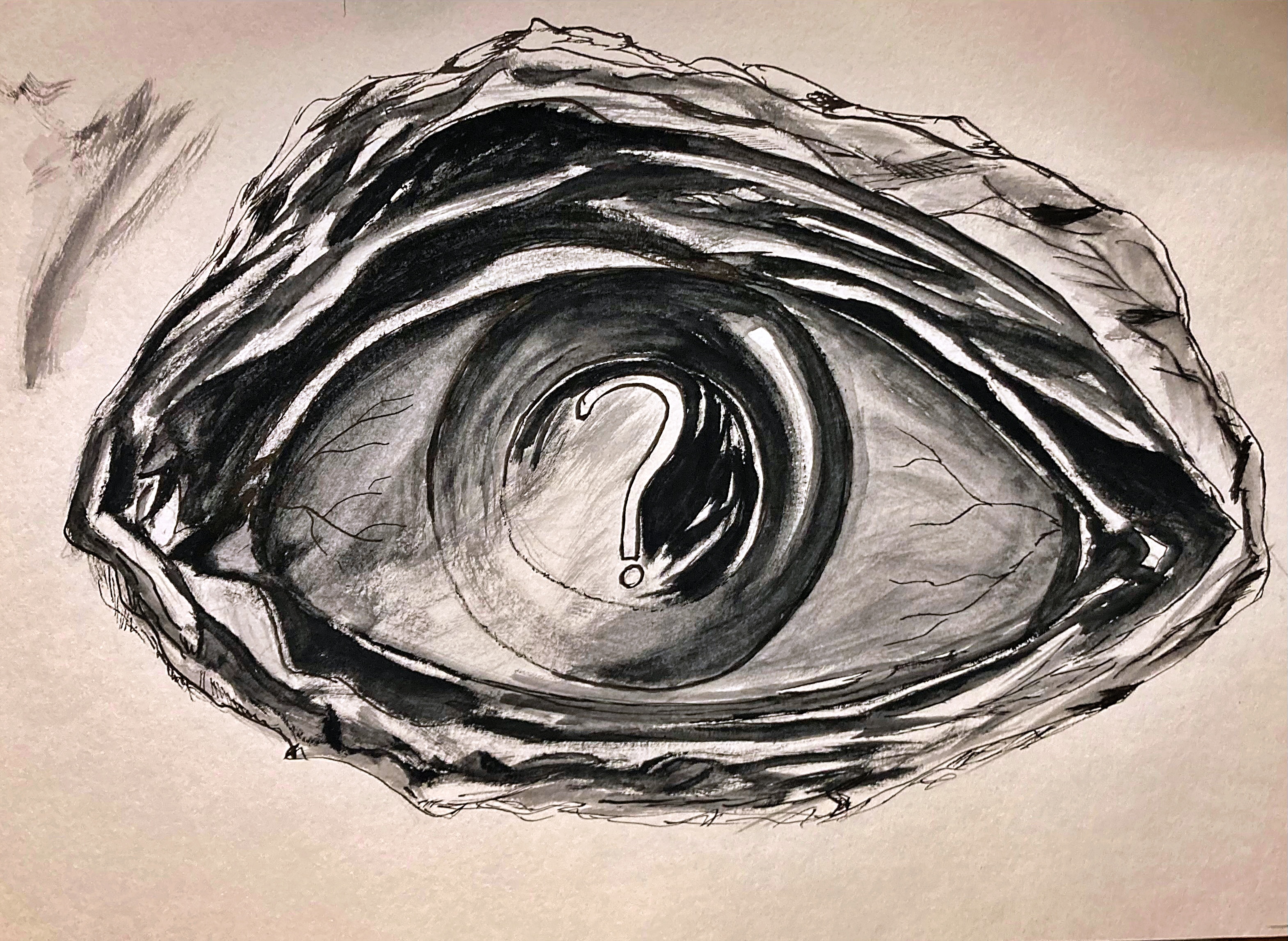
The work is well-known, being one of the central images of M.C.Escher that has reached the wide public. Amazingly, nobody ever made a direct connection between the year in which the artist has created his eye with its question and answer pupil-skull, with the time of its creation, just after the catastrophe which whipped away his mother, his teacher, his friends and acquaintances, Anne Frank, and so many others.
The artist himself was rigorously protective of his inner world. Healways dismissed any interpretations of his works, emphatically so. He just did not want the intrusion into his living post-Holocaust trauma. Which is completely understandable. But now we know the real meaning of the great Eye by M.C. Escher, created in 1946.
Almost a half of century after the creation of the Escher’s Eye, in 1993 Michael Rogatchi created his. The title of the work is Psalm 22, and it opened Michael’s well-known Psalms Country series over 30 years ago. During those over three decades, more works interpreting more psalms have been created by the artist. The series is ongoing. Thirty years ago, Michael had no reason for despair, the diagnosis which actually Escher’s Eye is. But there were many questions that bothered the artist, and which all were accumulated into that question mark replacing the pupil in Michael’s work.
This work was also presented at the special exhibition in Helsinki in Autumn 2024 commemorating the first anniversary of the nightmare of October 7th. An ongoing nightmare, with so many standing questions coming into our life today. Many visitors at the exhibition spent a lot of time looking at that picture in particular. It resonated with so many of us today. With all our pain translated into that question mark pupil.

What is truly amazing is that more than eighty years on, artists are getting in a vivid and articulated dialogue, seeing the world around them even in similar images, and responding to the similar tendencies in the societies, as if there was not a single lesson after the nightmare of Nazism ever taken.
But as long as we continue to bring the pained essentialities of life into the images which speak to many, we are actively conscious not to accept the darkness that has fallen upon human beings, nor are we supporting irrational hate in any of its ugly grimaces, nor the animalistic nature that prompts it. Far from it.
With love to great Maurits Cornelius Escher, his mother and his teacher, and the girl in the charming hat , smiling on that photograph on the great master and noble man’s cupboard, on the day of Samuel Jessurun de Mesquita’s birthday, six days before Anne Frank’s birthday, and ten days before Maurits Copelius Escher’s birthday.
In loving memory of them all.
Selected Part of ART DIALOGUES. CULTURE FOR HUMANITY SPECIAL CULTURAL EDUCATIONAL PROJECT (C). The Rogatchi Foundation.
Dr. InnaRogatchi is co-founder and president of the Rogatchi Foundation and a prolific scholar, writer, artist, film-maker and speaker. After her term in the Board of the Finnish National Holocaust Remembrance Association, she is the member of the International Advisory Board of Rumbula Project ( USA). She is the author of the concept of Culture for Humanity Global Initiative which facilitates psychological support via arts and culture internationally. Together with her husband, she is a founding member of the Leonardo Knowledge Network, the cultural educational body of leading European scientists and artists.